Chronic wasting disease is running rampant among deer populations, and hunters have much less meat to donate to food banks.

Chronic wasting disease is running rampant among deer populations, and hunters have much less meat to donate to food banks.
June 21, 2022
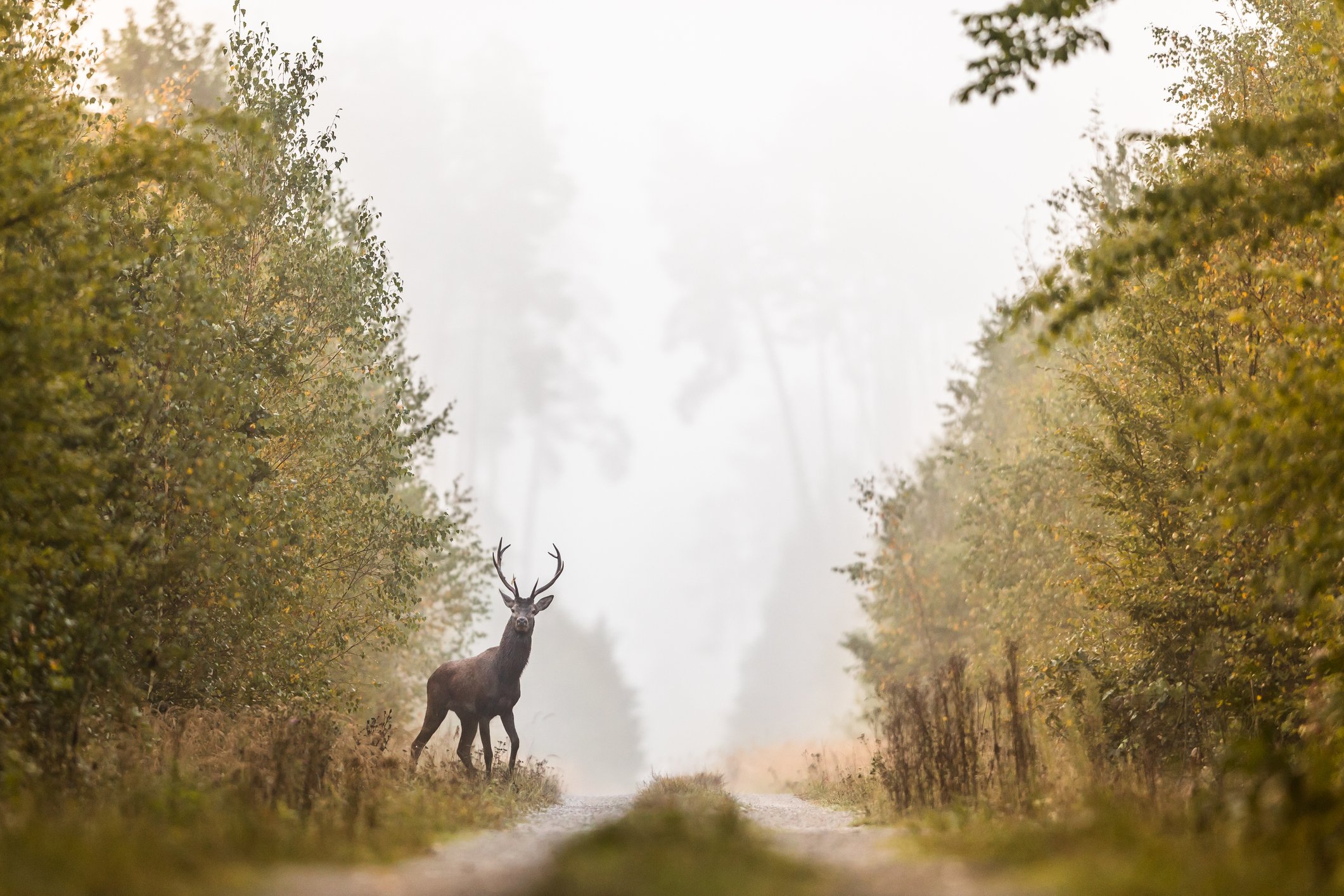
Every autumn since he was 12, Paul Annear has been hunting for deer on his parents’ 120 hilly, wooded acres in southwestern Wisconsin’s Driftless Area. It’s a tradition passed down from grandfather to father to son and one that he talks about reverently. “The region is full of rock outcroppings and big ridges and low-lying valleys with creeks running through, and there’s herd wildlife pretty much everywhere you turn,” Annear says.
If he’s shooting straight, Annear harvests his two allotted bucks each season—one hunted with his firearm permit and one with his bow permit. He’ll bring home about 100 pounds of venison, which will feed his family of five throughout the spring, summer, and into the fall.
Many low-income rural residents also receive donated venison in food pantry boxes or served in meals at charitable feeding centers.
In the past few years, what was once a straightforward if labor-intensive process—field dressing, transporting, and processing the meat into various cuts before freezing—has become considerably more fraught. Throughout most of Wisconsin and in 29 other states, chronic wasting disease (CWD) is on the rise in deer-related species; trophy hunting, or captive hunt, facilities are at least partly to blame. Six of the last 11 bucks Annear harvested on his family’s property were infected with CWD, a percentage that tracks with countywide infection rates. Rather than being eaten, those deer are destroyed.
Although hunting isn’t Annear’s only way to access protein, he knows “some families where that’s their red meat for the most part,” he says. Many low-income rural residents also receive donated venison in food pantry boxes or served in meals at charitable feeding centers. With food insecurity back to pre-pandemic rates, and inflation driving up the cost of beef and veal by 14.3 percent, some anti-hunger advocates are wondering how CWD will impact people already struggling to put fresh food on their tables.
The Spread of CWD
CWD was identified in the U.S. in the late 1960s. It is highly infectious and fatal for deer, elk, moose, and reindeer. Like other prion diseases, such as Creutzfeldt-Jakob’s disease in humans and bovine spongiform encephalopathy, AKA mad cow disease, it attacks the brain, killing nerve cells until tiny holes form in the tissue. There’s no way to prevent or cure it. Although it’s not known to spread to humans, epidemiologists fear it could make that interspecies jump; as a result, the Centers for Disease Control advises against eating CWD-infected venison. “It’s really depressing when you have a deer test positive, but I’m not willing to personally take the risk,” Annear says.
In its last stage, CWD causes animals to lose weight and stagger, making them vulnerable to car strikes and predators like coyotes and bobcats. For most of the disease’s incubation period, which can last up to 24 months, there’s no way to tell if an animal is infected. Diagnosis is only possible in dead animals—either roadkill or hunted deer brought to testing sites. A hunter must remove the head so the lymph nodes can be extracted.
“It’s a gruesome thing to do and a gruesome sight when you see it,” says Annear. “You tag the [head] with a registration number that’ll link back to your name, and within two weeks you typically get your results back.” That’s a challenge for hunters who must either refrigerate the deer carcass while they wait or break down and package the meat, only to throw it away if they receive a positive result.
In the weeks before showing CWD symptoms, wild deer are “shedding infective materials like urine, feces, blood, saliva, and semen into the environment. Deer are very social so that is one way the disease is spreading,” says Kip Adams. He’s chief conservation officer for the National Deer Association (NDA), an organization that works in part to preserve wild deer and their habitats. However, Adams says many wildlife managers believe that the greatest culprit in spreading the disease is captive hunt facilities.
These are tracts of fenced land where people come to trophy hunt. What are known as shooter bucks are reared, with considerable trauma, in breeding farms that proliferate mostly in Texas. They are then transported across the country to hunting facilities from which they frequently escape; between 2004 and 2007, 437 animals escaped from facilities in Wisconsin alone. Infected escapees—but also penned animals that wander up to the fencing—can and do transmit CWD to wild deer populations. As a result, it’s rapidly spreading through some regions and moving into others.
The North American Deer and Elk Farmers Association, the industry’s largest trade organization, did not respond to a request for comment from Civil Eats.
Some states, like Virginia, don’t allow captive hunt facilities; others have strict rules for how they’re run, still others are less stringent. In Texas, Ohio, and Pennsylvania, captive hunt facilities are common, with more than 750 in Pennsylvania alone, according to the state’s agriculture department. The first case of CWD in Pennsylvania was found in a captive facility in 2012 and in the wild in 2013; last year it was found in 257 tested animals in a CWD hotspot near the Maryland border, representing a 2.3 percent infection rate.
The Humane Society of the United States has been a vociferous critic of captive hunt facilities. In an email, Director of Wildlife Protection Samantha Hagio called them “one of the worst forms of trophy hunting . . . for wealthy shooters who don’t want to get their boots scuffed by putting in the time, skill, and effort that fair chase hunting requires.” Apart from the toll on the overall cervid populations, CWD could significantly impact rural communities that rely on venison for subsistence, she notes, adding she’d like to see them abolished outright. NDA would like to see them better regulated; it has called on Pennsylvania’s agriculture department to turn management over to the state’s game commission, which it says is better able to enforce rules.
Processor Challenges
The Food Bank Council of Michigan partners with Michigan Sportsmen Against Hunger to distribute venison to its seven regional food banks. Kath Clark, director of the organization’s food programs, says there’s been a huge uptick in donations, thanks in part to conveniently located drop-off points that make it easy for hunters to pass along deer they can’t eat themselves. In 2020, the Council received 100,000 pounds of ground venison, up from less than 30,000 pounds in 2016—the equivalent of about 400,000 meals. “High-quality protein is at such a premium right now [that] it’s been hard to get in our food banks,” Clark says.
CWD in Virginia, which is infiltrating from neighboring West Virginia, is also adding “extra work for the processors, who’ve got to take the head off each animal that was donated to us, process it separately, box it separately.”
The hitch: Some area meat processors have stopped accepting venison because of the potential risk of cross-contamination from CWD to other meat they’re handling. “That really does put a dent in our hunters’ ability to process [deer] and starts limiting donations,” Clark says.
Gary Arrington, director of a Virginia-based venison donation program called Hunters for the Hungry, says he’s seen a downturn in donations recently, to about 5,000 deer per year. The deer are certainly out there—in fact, there are overpopulations in his and other states. But in addition to some hunters aging out of the activity, Arrington says that rising grocery prices means “more hunters are harvesting extra deer and keeping them for themselves or giving them to family and friends,” rather than donating them to the emergency food sector. That means processor fridges are already out of space when Arrington comes around with what donations he has been able to secure.
CWD in Virginia, which is infiltrating from neighboring West Virginia, is also adding “extra work for the processors, who’ve got to take the head off each animal that was donated to us, process it separately, box it separately,” Arrington says. Like processors in Michigan, they may soon decide it’s not worth the effort.
Further exacerbating his organization’s ability to donate venison is the tanking economy, which Arrington says has led to fewer cash donations to cover processing fees for donated deer. “Right now, many are saying, ‘We can’t [give] $50 or $100 to a charity; we’re having a hard time making ends meet,’” he says. “That hurts us on the other side of the coin.”
Meanwhile, in Richland Center, Wisconsin, at least one processor has stopped taking venison donations due to a wholly unrelated challenge: not enough staff, a COVID-era problem across the food service sector that is aggravating the donation situation. Nevertheless, Annear plans to spend some time this coming fall culling deer near Green Bay, where the population is exploding, and at least trying to donate most of his harvest. He says CWD hasn’t been detected yet in that part of the state, adding, “But I assume that’s only just a matter of time.”
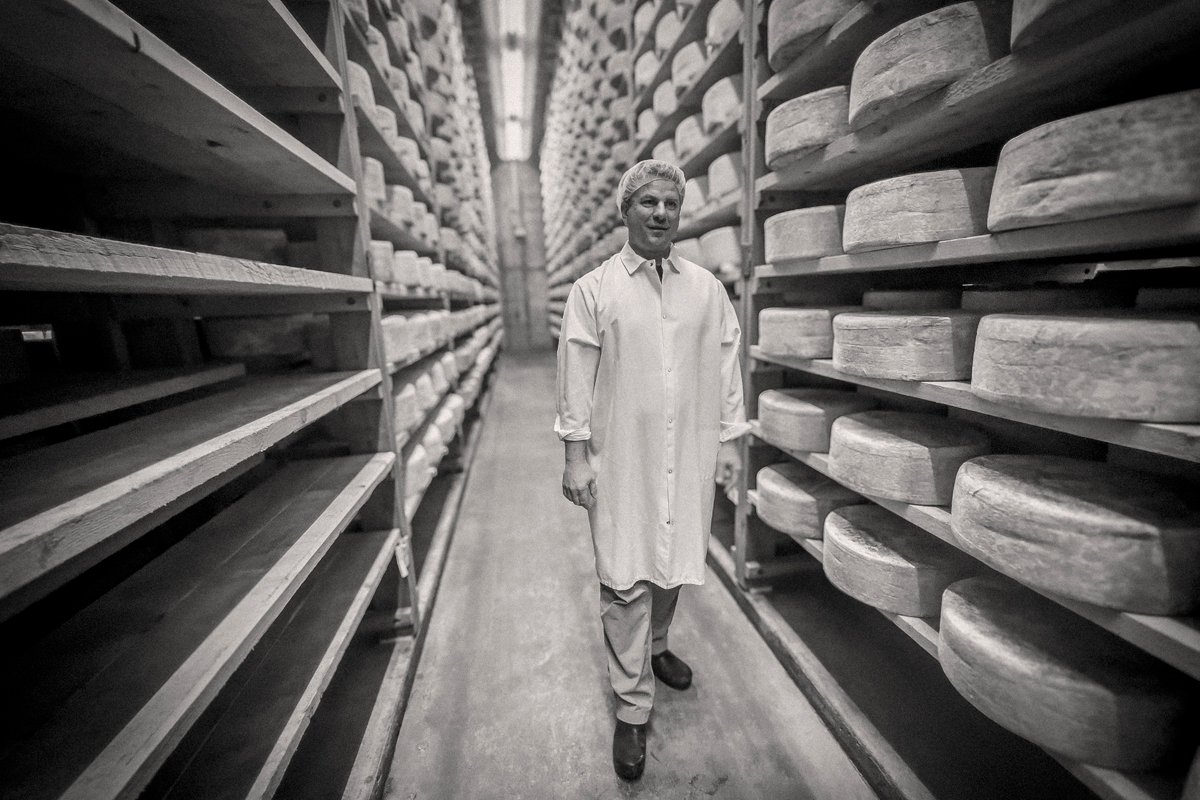
September 4, 2024
By paying top dollar for milk and sourcing within 15 miles of its creamery, Jasper Hill supports an entire community.
September 3, 2024
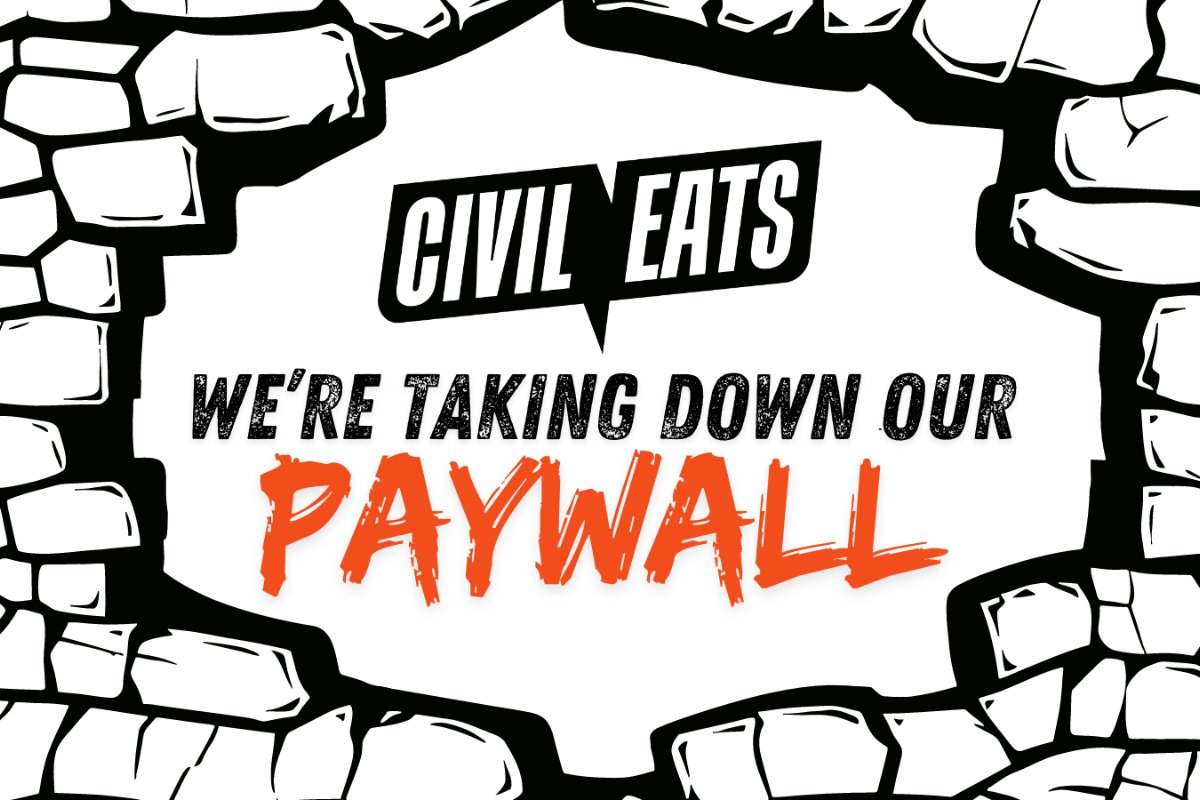
August 27, 2024
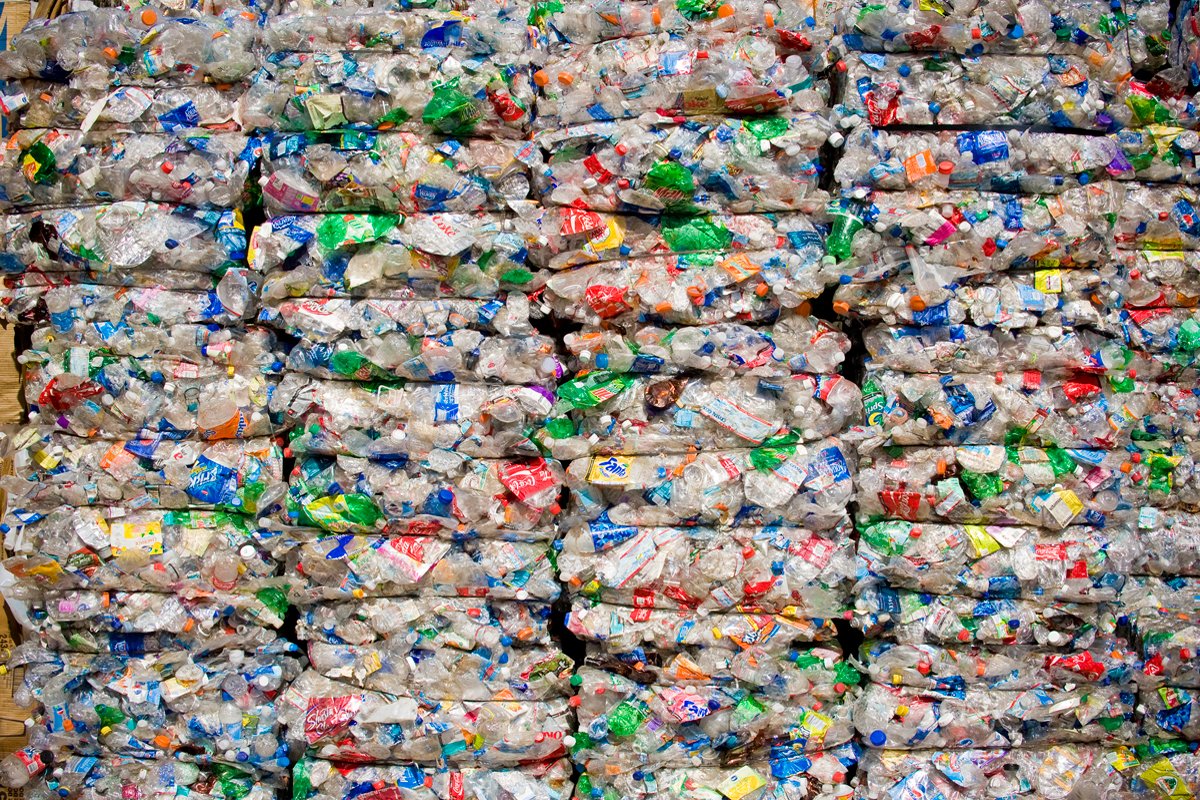
August 26, 2024

August 12, 2024
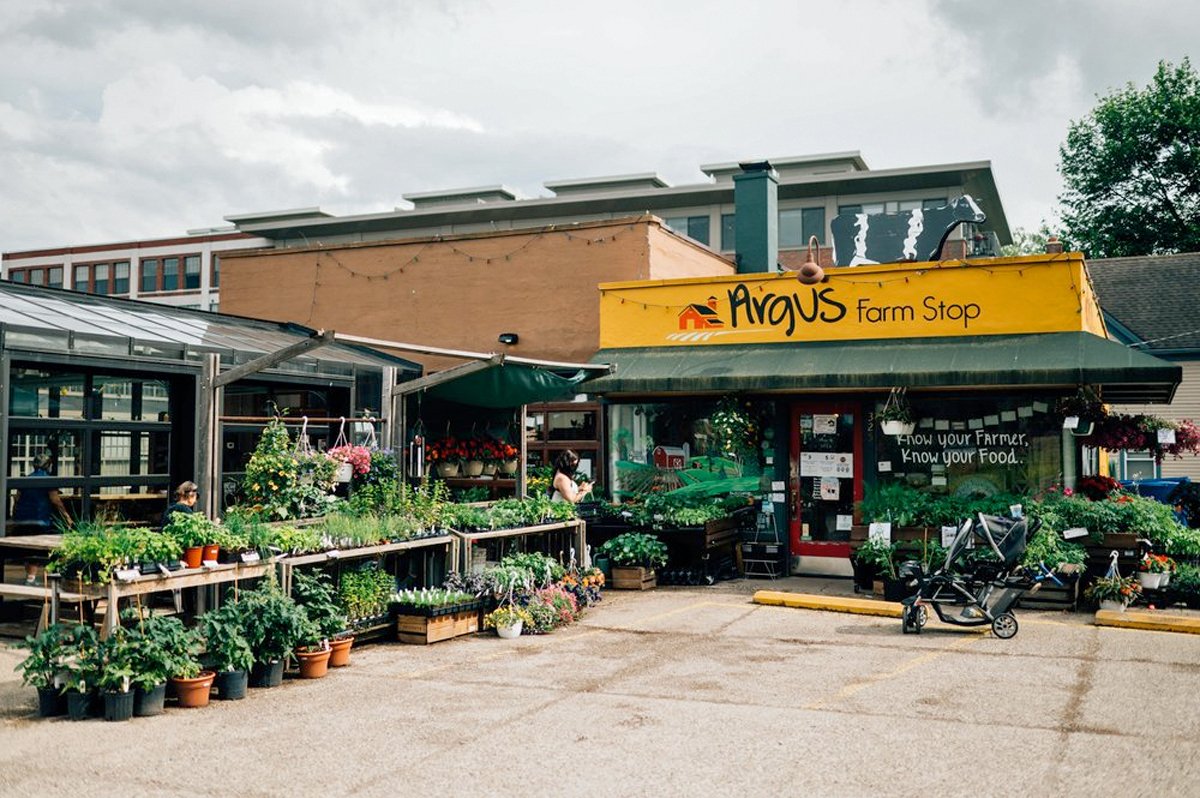
Like the story?
Join the conversation.